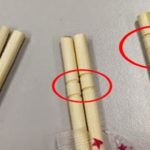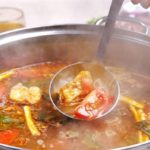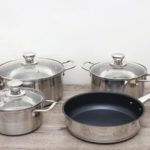There are several types of chopsticks available, but choosing the right ones that are safe, aesthetically pleasing, and reasonably priced can be challenging. In this article, we’ll guide you on how to select the most suitable and hygienic chopsticks for your needs.
1 Bamboo Chopsticks
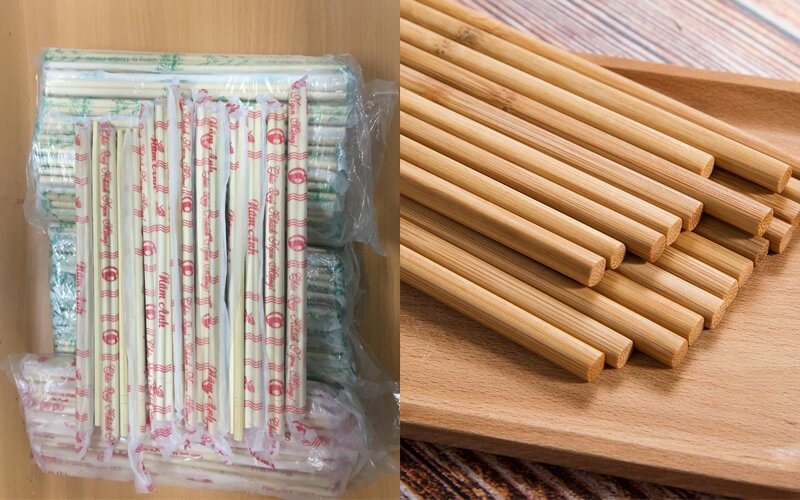 Bamboo Chopsticks
Bamboo Chopsticks
Bamboo chopsticks are commonly used in Vietnamese households. There are two types of bamboo chopsticks: disposable and reusable.
The advantages of bamboo chopsticks include their versatility in daily meals and cooking, including stir-frying. They have a simple and sturdy design, and you can confidently leave them out in the sun without worrying about deformation. Additionally, bamboo chopsticks are inexpensive, durable, and strong.
The main disadvantage of bamboo chopsticks is that they tend to get moldy when stored for a long time in humid places. They are also considered unsafe as they are often bleached with chemicals that are harmful to health.
2 Wooden Chopsticks
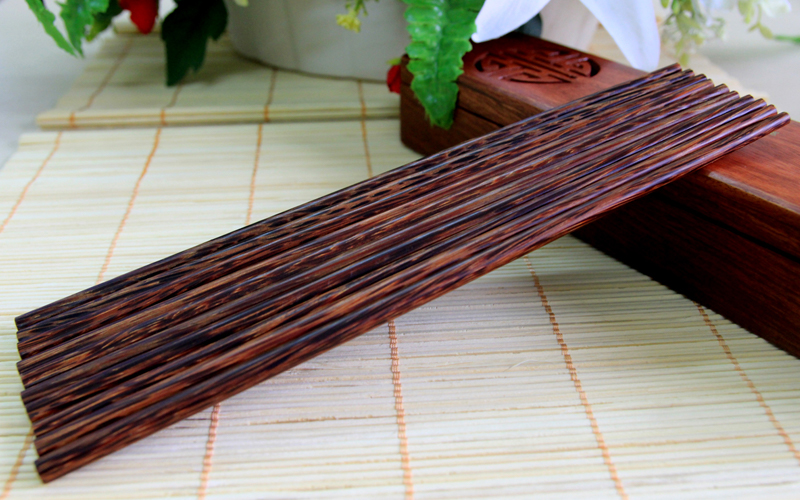 Wooden Chopsticks
Wooden Chopsticks
Wooden chopsticks can be made from ebony or coconut wood. Apart from the natural material, the fragrance of the wood also gives off an environmentally friendly vibe.
The advantages of wooden chopsticks include their aesthetic appeal and elegance. They can be used flexibly for both eating and cooking, such as stir-frying vegetables at moderate temperatures.
On the downside, wooden chopsticks can get moldy if not dried properly after washing, and they are also prone to breaking, so extra care and gentleness are required when using them.
3 Stainless Steel Chopsticks
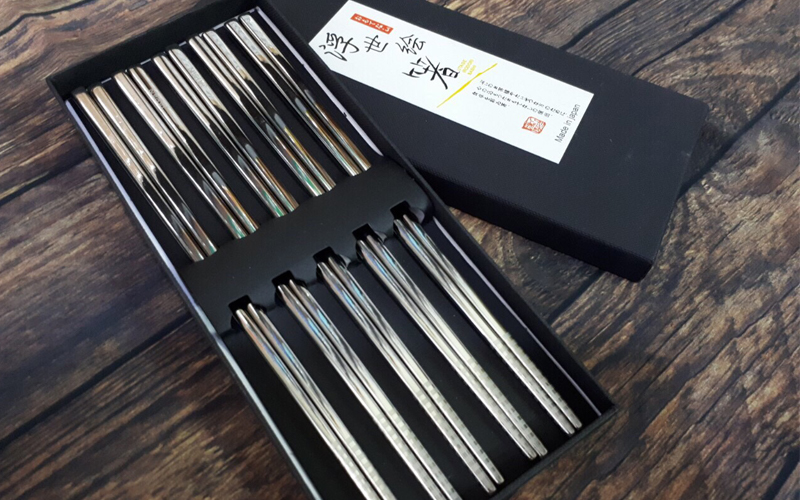
Stainless steel chopsticks are highly regarded for their sleek and elegant appearance, which is why they are often used in restaurants and upscale households.
The advantages of stainless steel chopsticks include their shiny and luxurious look, high aesthetic value, and safety. They are guaranteed not to react with any food substances and are safe for your health. Stainless steel chopsticks are more durable than bamboo and plastic chopsticks, resistant to breaking and deformation, and easy to handle and clean.
However, the price of stainless steel chopsticks is relatively high, exceeding that of wooden and plastic chopsticks. They conduct heat quickly and can cause burns if not handled carefully. Additionally, their smooth surface can make it tricky to pick up food without it slipping.
4 Plastic Chopsticks
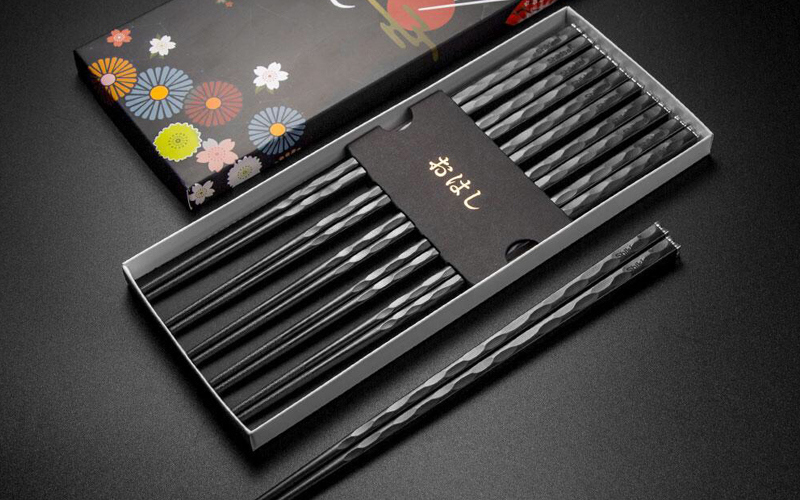 Plastic Chopsticks
Plastic Chopsticks
There are two types of plastic chopsticks: those made from Melamine resin and those made from Polymer.
The advantages of plastic chopsticks include their hardness, durability, and a wide range of colors and designs. They are easy to clean and won’t absorb water or get moldy like wooden or bamboo chopsticks.
The disadvantages of plastic chopsticks are that they cannot be used for deep-frying or boiling water. They are prone to deformation and breaking when exposed to direct sunlight. Moreover, the toxic chemicals in plastic chopsticks can leach into food, posing a health risk if the outer coating flakes off. Plastic chopsticks are also challenging to clean thoroughly and tend to retain odors and scratches.
5 So, Which Chopsticks Should You Choose?
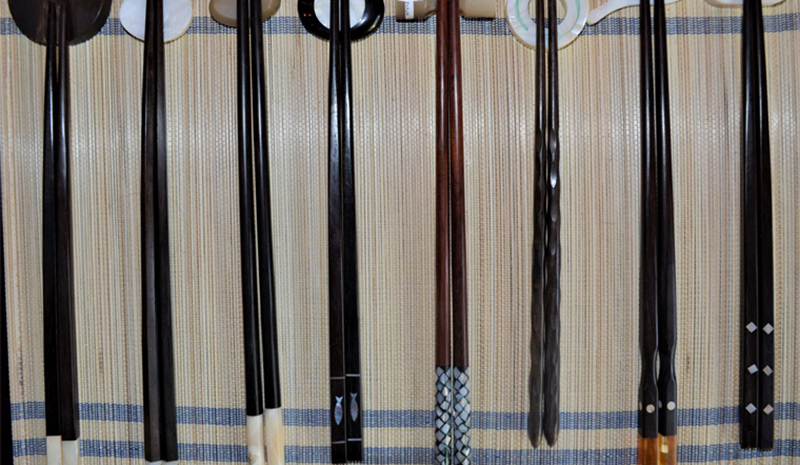 Which Chopsticks Are the Best Choice?
Which Chopsticks Are the Best Choice?
After analyzing the pros and cons of each type of chopstick, you probably have a clearer idea of which ones to choose.
To ensure the safety and health of you and your family, it is recommended to opt for bamboo or wooden chopsticks. These options are made from natural materials, minimizing the use of chemicals during production.
On the other hand, stainless steel and plastic chopsticks may pose health risks due to the chemicals they contain, which can melt when exposed to high temperatures. Therefore, bamboo and wooden chopsticks are the optimal choices, offering both cost-effectiveness and health benefits.
We hope that by understanding the features, advantages, and disadvantages of each type of chopstick, you can make informed and wise choices when purchasing chopsticks for your family.

























